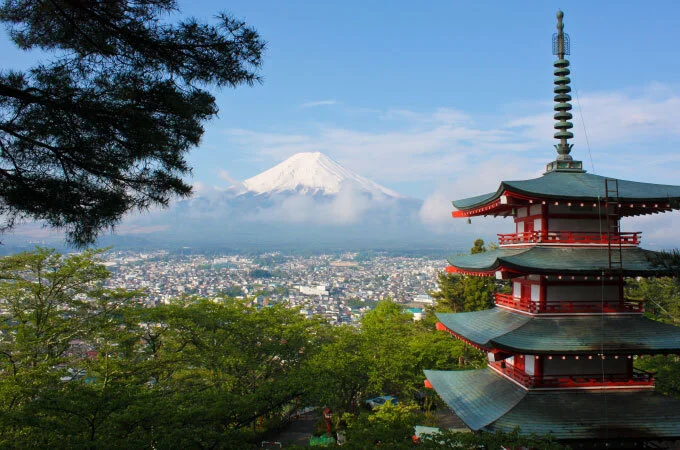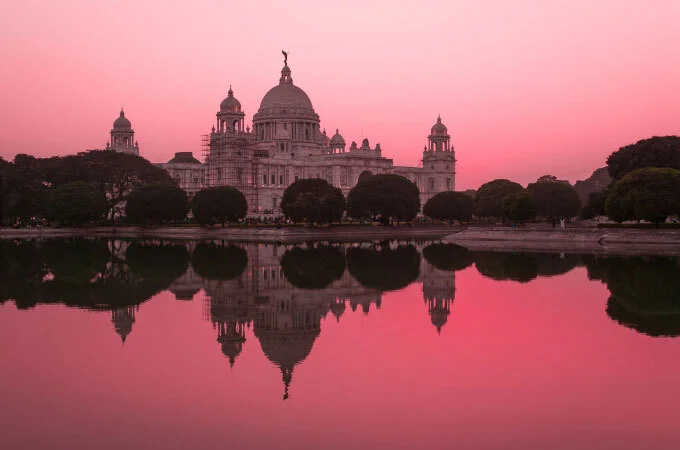Popular Activities in Tanzania
Best Time to Visit Tanzania
Tanzania is a year-round safari destination, but timing your visit correctly can make a huge difference depending on your interests. The country has two main seasons: the dry season and the wet season, which affect wildlife viewing, trekking, and beach holidays.
1. Dry Season (June to October)
The dry months are generally considered the best time for safaris, especially in Serengeti National Park, Ngorongoro Crater, and Tarangire. During this period, vegetation is sparse, and animals congregate near water sources, making wildlife spotting easier. The dry season is also ideal for climbing Mount Kilimanjaro, as trails are less slippery and weather conditions are more stable. Days are warm, and nights can be cooler, especially in higher altitudes.
2. Short Rains (November to December)
November and December bring the short rains, which are usually lighter and shorter. This period sees fewer tourists, offering a more intimate safari experience. The landscape becomes lush and green, perfect for photography. While some roads might be muddy, the short rains do not significantly affect wildlife movement.
3. Long Rains (March to May)
The long rains make some safari roads challenging, especially in remote parks, and some lodges may temporarily close. However, this period has its advantages: fewer tourists, lower prices, and a breathtaking green landscape. Birdwatchers often prefer this season because migratory birds arrive, and the wetlands are full.
How to Get to Tanzania
1. By Air
Most international travelers arrive via Julius Nyerere International Airport (DAR) in Dar es Salaam or Kilimanjaro International Airport (JRO) near Arusha. From here, domestic flights are available to major safari hubs such as Serengeti, Ngorongoro, Selous, and Zanzibar. Airlines like Precision Air, Air Tanzania, and Coastal Aviation offer reliable connections.
2. By Land
Tanzania shares borders with Kenya, Uganda, Rwanda, and other East African countries. Travelers from Nairobi or Kampala can take bus services or drive to northern safari parks. However, road conditions vary, and long distances make flying more convenient for most visitors.
3. By Sea
Visitors can also reach Zanzibar via ferries from Dar es Salaam. This option is popular for travelers combining a safari and beach holiday.
Safari and Wildlife Experiences
Tanzania is renowned for its Big Five safaris, especially in Serengeti National Park and Ngorongoro Crater. Other wildlife experiences include Tarangire National Park for elephant herds, Lake Manyara for tree-climbing lions, and Selous Game Reserve for remote and less crowded safaris. The Great Migration, from December to July, is a major highlight, where millions of wildebeest, zebras, and gazelles move between the Serengeti and Maasai Mara in Kenya.
For adventure travelers, Mount Kilimanjaro is a must-visit. Climbing routes vary in difficulty and length, with the Machame and Marangu routes being the most popular. Trekking is best during the dry season to avoid heavy rainfall and slippery paths.
Beach and Cultural Experiences
Tanzania also offers stunning beach destinations, such as Zanzibar, Pemba, and Mafia Islands, which are perfect for snorkeling, diving, and relaxing. Zanzibar’s historic Stone Town provides a glimpse into Swahili culture, colonial architecture, and vibrant markets.
Cultural tours in Maasai villages, Chaga communities near Kilimanjaro, and other ethnic groups provide immersive experiences, allowing visitors to understand Tanzanian traditions, music, and lifestyles.
Tips for Traveling in Tanzania
Health & Vaccinations: Yellow fever vaccination is required for travelers from endemic areas. Malaria prophylaxis is recommended for all safari destinations.
Visa: Most nationalities require a visa, obtainable online or on arrival.
Clothing: Lightweight, breathable fabrics for daytime; layers for cooler evenings. Neutral colors are ideal for safaris.
Currency: Tanzanian Shilling (TZS); major parks and hotels accept US dollars.
Transport: Domestic flights save time. 4×4 vehicles are recommended for safari roads.





